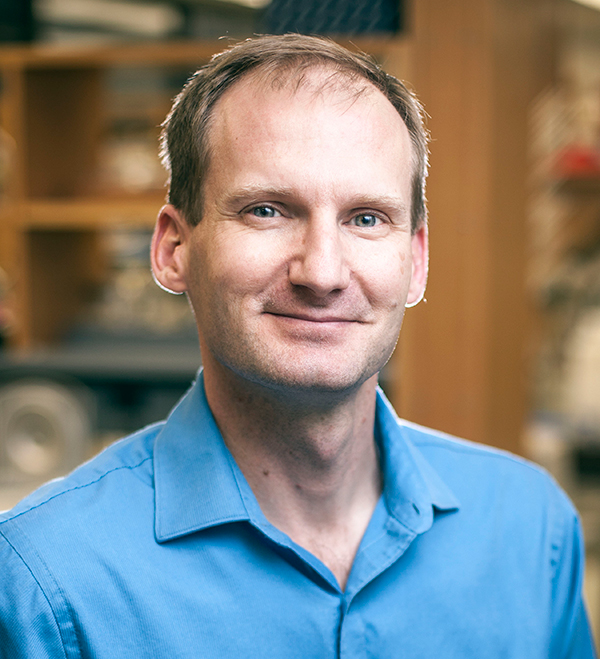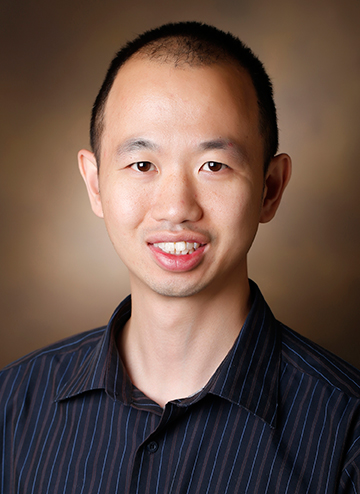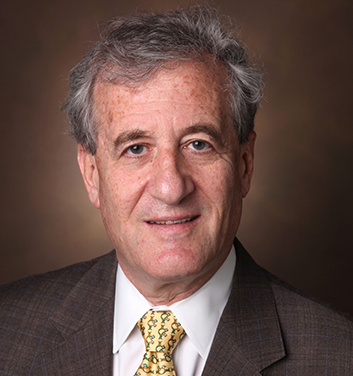Research, News & Discoveries
-

Cellular stress regulates β-cell dysfunction in type 2 diabetes
By Heather Caslin Approximately 30 million Americans have type 2 diabetes. The majority are over 45 years old. © Vitalii Vodolazskyi, stock.adobe.com Within the pancreas, β-cells produce insulin that delivers energy to tissues through glucose. People with type 2 diabetes have smaller, less functional β-cells; however, the mechanisms that drive… Read MoreJun. 26, 2020
-

Discovery of aggressive cancer cell types by Vanderbilt researchers made possible with machine learning techniques
by Marissa Shapiro Jun. 24, 2020, 11:57 AM By applying unsupervised and automated machine learning techniques to the analysis of millions of cancer cells,Rebecca Ihrie and Jonathan Irish, both associate professors of cell and developmental biology, have identified new cancer cell types… Read MoreJun. 25, 2020
-

Single mutation causes seizure disorder
Jun. 22, 2020, 8:00 AM by Leigh MacMillan Lennox-Gastaut syndrome is a severe early-onset seizure disorder that includes cognitive and behavioral abnormalities. Its pathophysiology is largely unknown. Recent whole-exome sequencing in patients with Lennox-Gastaut syndrome identified a spontaneous mutation in the gene encoding a GABA-A receptor subunit implicated in other childhood epilepsies. … Read MoreJun. 25, 2020
-

Jones & Lau named 2020 Chancellor Faculty Fellows
By Dana Meeks Ten outstanding faculty members from across the university have been selected for the 2020 cohort of Chancellor Faculty Fellows. This group is composed of highly accomplished, recently tenured faculty from a wide variety of disciplines and areas of expertise. “Investing in this remarkable group of… Read MoreJun. 22, 2020
-

Probing DNA damage repair
Jun. 18, 2020, 11:00 AM by Leigh MacMillan Cells missing the protein HMCES are hypersensitive to DNA-damaging agents that cause a common type of DNA lesion — an “abasic” site. But the agents also generate other types of lesions associated with mutations and cell lethality, making it unclear whether HMCES… Read MoreJun. 18, 2020
-

Studying cells in reduced dimensions
Jun. 18, 2020, 10:30 AM by Bill Snyder Single-cell RNA sequencing is a powerful tool for identifying transcriptomic variations and developmental trajectories in cell types that determine the course of diseases like cancer, with the goal of eventually improving diagnosis and treatment. … Read MoreJun. 18, 2020
-

Robotic technology speeds arrhythmia gene classification
Jun. 12, 2020, 10:00 AM by Leigh MacMillan Vanderbilt University Medical Center investigators have used high-throughput robotic technology to rapidly study and classify variations in a gene linked to heart rhythm disorders and cardiac conditions. The findings, reported in the American Journal of Human Genetics,… Read MoreJun. 18, 2020
-

Vanderbilt University partners with ACADIA Pharmaceuticals to develop novel treatments for central nervous system disorders
by Ryan Underwood Jun. 16, 2020, 4:23 PM Vanderbilt University’s Warren Center for Neuroscience Drug Discovery has entered into an exclusive worldwide licensing and collaboration agreement with San Diego-based ACADIA Pharmaceuticals Inc., which will seek to develop and commercialize treatments for central… Read MoreJun. 18, 2020
-

Cortez named Associate Director for Basic Science Research at Vanderbilt-Ingram Cancer Center
Dear Colleagues, I am delighted to announce that David Cortez, PhD, has been named Associate Director for Basic Science Research at Vanderbilt-Ingram Cancer Center. Dave joined Vanderbilt University in 2002 and is the Richard Armstrong Professor of Biochemistry. He is an expert in the field of DNA damage response… Read MoreJun. 17, 2020
-

Houra Merrikh named a finalist of the 2020 Blavatnik National Awards for Young Scientists
by Marissa Shapiro Jun. 17, 2020, 9:43 AM Houra Merrikh, principal investigator in the department of biochemistry, has been named a finalist in the 2020 Blavatnik National Awards for Young Scientists, in the Life Sciences category. Merrikh was selected as one of… Read MoreJun. 17, 2020